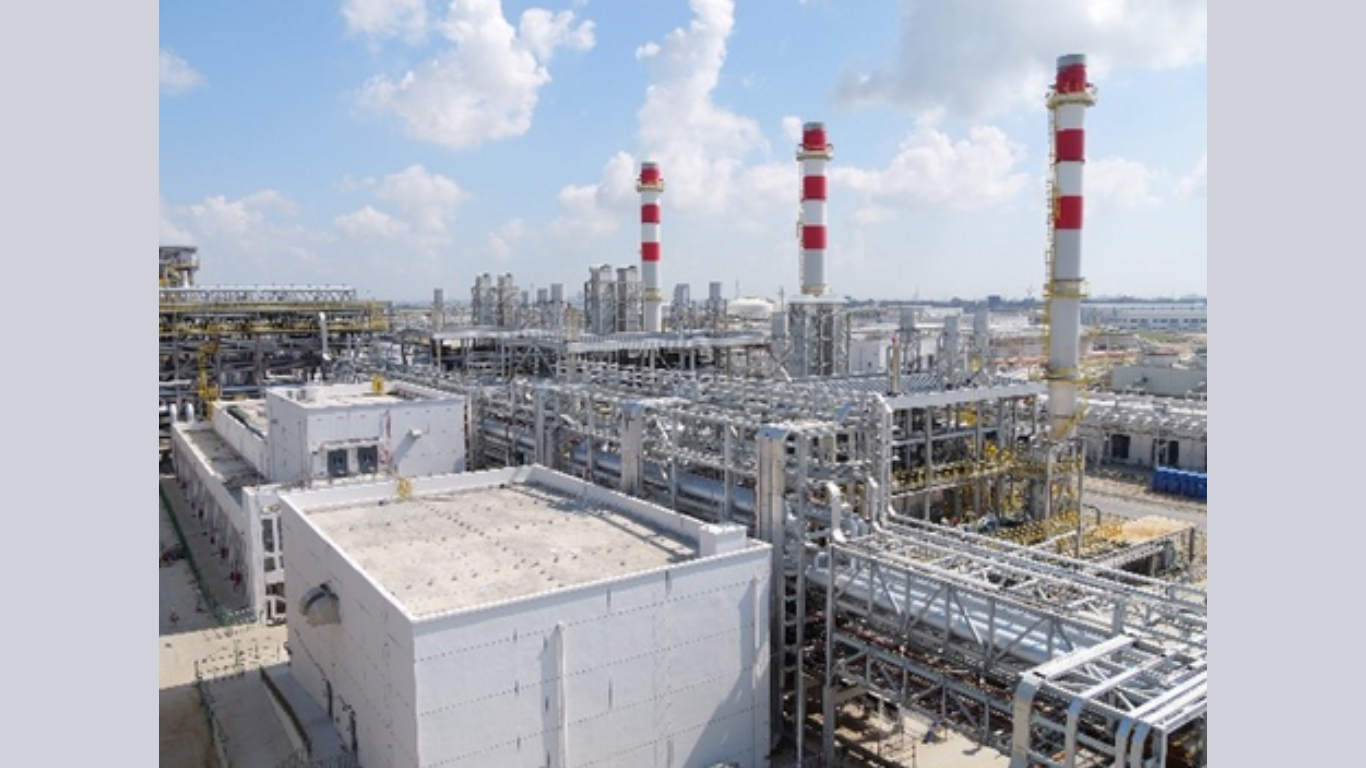Ever had the lights flicker in your office right in the middle of an important presentation? Or maybe a surge knocks out your entire computer network during peak hours?
An unreliable electrical system can wreak havoc on your business. But what if we tell you that upgrades can be a smart investment, saving you money in the future?
This article discusses the common electrical faults that plague businesses and how upgrading your infrastructure can prevent these issues, boost efficiency, and keep your business running smoothly.
Let’s get started!
Understanding Your Electrical Infrastructure
- Transformers
These workhorses step up or down voltage levels to match the needs of your equipment. If your transformer is overheating, making strange noises, or leaking oil, it might be time for a replacement.
Some common electric transformer failures include overheating, unusual noises, and oil leaks. If you notice any of these signs, it’s important to contact professionals and even change the transformer if recommended. Luckily, these days, instead of relying on others, you can order transformers directly online. Also, you can find used but high-quality pieces.
- Circuit Breakers
These act like tiny guards, tripping the power to prevent overload and damage to your equipment. Frequent tripping, a burning smell, or visible damage to the circuit breaker itself are all red flags.
- Electrical Panels
These are the command centers that distribute power throughout your building. Signs of trouble include corrosion, loose connections, or outdated panels that can’t handle your current electrical needs.
- Wiring and Cabling
The wires and cables are the highways that carry electricity. Look out for frayed wires, discoloration, or exposed wires, which can all be fire hazards.
- Switches and Outlets
These are the workhorses you use every day. If you see sparks, loose fittings, or discoloration, it’s time to call an electrician.
The Big Payoff: Benefits of Upgrading Your Electrical Infrastructure
While there may be an initial cost associated with the upgrades, the long-term benefits far outweigh the upfront expense. Here’s a breakdown of the key advantages you can expect:
- Enhanced Safety and Reduced Liability
Faulty wiring, overloaded circuits, and outdated equipment pose significant fire hazards. It reduces the risk of electrical fires and accidents, creating a safer work environment for your employees and customers. Additionally, they ensure compliance with current safety standards and regulations, minimizing potential liability issues.
- Improved Energy Efficiency and Reduced Utility Costs
Outdated electrical systems are often less efficient, leading to higher energy consumption and, consequently, inflated utility bills. Modernizing your electrical components with energy-efficient equipment and technologies can significantly reduce your energy usage. This results in substantial monthly cost savings.
- Extended Equipment Lifespan and Reduced Maintenance Costs
Regular maintenance and timely upgrades can significantly extend the lifespan of your electrical components. By proactively addressing potential issues, you can prevent costly repairs and replacements down the road. Additionally, it requires less frequent maintenance, freeing up your valuable time and resources for other business priorities.
- Minimized Downtime and Enhanced Business Continuity
Power outages and electrical problems can bring your business operations to a screeching halt. Upgrading your electrical infrastructure minimizes the risk of disruptions and ensures a consistent power supply. This translates to smoother operations, improved employee productivity, and enhanced business continuity.
- Accommodation for Future Growth
A robust and reliable electrical system can handle increased power demands as your business grows. This eliminates the need for costly upgrades or overhauls in the future, allowing you to seamlessly scale your electrical capacity alongside your business expansion.
Taking Action: Steps to Upgrade Your Electrical Infrastructure
Upgrading your electrical system is an investment in your business’s future. Here’s how to get started:
- Conduct an Electrical Audit: Just like you wouldn’t diagnose your own car problems, leave electrical inspections to the professionals. Hire a qualified electrician to conduct a thorough inspection and identify any potential issues.
- Implementing Upgrades: Focus on critical areas that need immediate attention and create a plan for upgrades based on your budget. Next, ensure the upgrades are done safely and correctly. Consider a phased approach to minimize disruptions to your business.
- Regular Maintenance and Monitoring: After the upgrades are complete, remember your electrical system. Schedule regular inspections and maintenance to keep everything running smoothly.
Closing Lines
Don’t underestimate the power of a reliable electrical system. Upgrading your infrastructure may seem like an expense, but it’s an investment in your business’s future. By ensuring safety, boosting efficiency, and minimizing disruptions, you’ll save money and keep your operations running smoothly.
Article received on email































